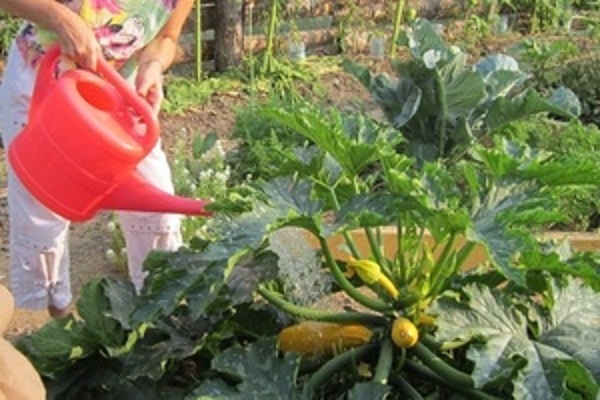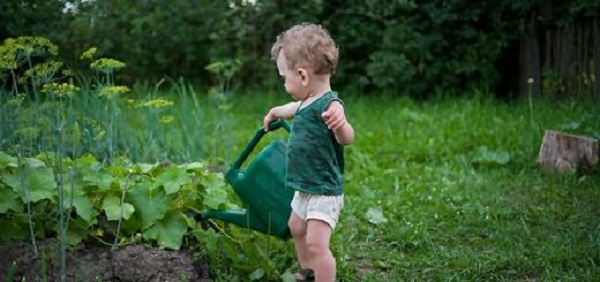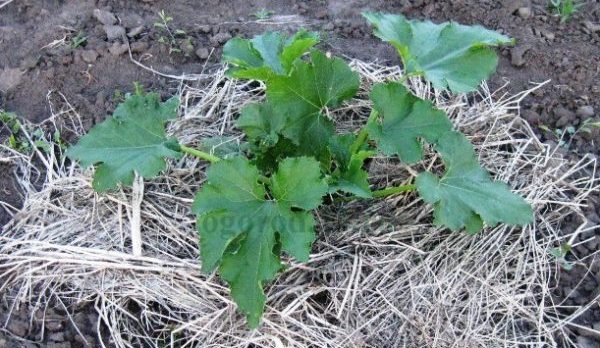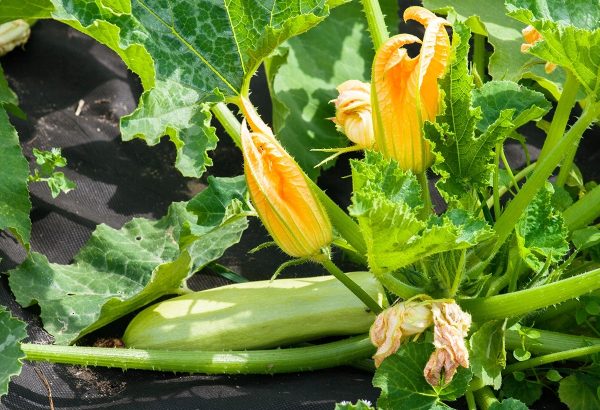Outdoor zucchini care and possible difficulties
Content
Soil varieties
Zucchini can be grown both in greenhouses and outdoors. For planting in the garden, it is better to opt for varieties that are distinguished by well-developed shoots and independent formation of a bush - such zucchini are more resistant to diseases, weather and other external factors. The following varieties of zucchini are most suitable for growing in soil:
- Gribovskys. Mid-season variety, bearing fruit 55 days after sowing the seeds. Bushes are well developed with long shoots. The fruits are light, with a light ribbed surface. Young zucchini have a high taste, but as they age, the rind becomes dense and coarse. The variety is highly resistant to disease and cold, therefore it can be successfully grown both in the Moscow region and in the Urals. They are not demanding in care - for good fruiting, zucchini only need watering and loosening the beds.
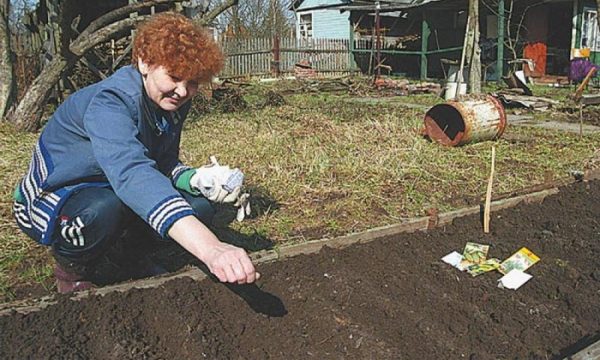
- Chaklun. A very productive and long-yielding variety - the first crop can be harvested in 45 days. The fruits are whitish in color with a smooth surface, the pulp is tender, sweetish. It has a high immunity to diseases and is well transported.
- Zolotinka. Due to the female type of flowers, it bears fruit very abundantly and for a long time. As the zucchini matures, they acquire a bright yellow color, for which they received this name. Fruits weighing up to 400 g are used for food, larger ones lose their taste.
- White-fruited. An early hybrid that bears fruit 35 days after sowing. The fruits are compact, white, with a smooth surface. It has a high immunity to pests and diseases, and is easily transported.
- Odessa bush. Early ripe variety - the first zucchini can be harvested after 40 days. The fruits are white, slightly ribbed, the flesh is tender, sweetish. Plants are very resistant to disease and cold.
- Pharaoh (zucchini). A very unpretentious variety - it does not need to be watered often, it easily tolerates cold, heat, and at the same time gives a bountiful harvest. Fruits are long, smooth, dark green in color, growing up to 1 kg in weight. Its planting is possible in various regions: the Moscow region, the middle lane, and even in the Urals.
- Pantheon. A variety grown mainly for sale, as the fruits are attractive and easy to transport. Crop care is minimal, the main thing is that planting is carried out in fertile soil and moisture is maintained.
Video "Tips for caring for zucchini"
Information for gardeners and gardeners, which will help to grow a good harvest of courgettes.
Seed and soil preparation
To get good shoots, the seeds of zucchini must be prepared: soften and warm. Many vegetable growers believe that any seed should be disinfected with a manganese solution - this can be done at will. The main procedure for preparing seeds is to soak the material in one of the solutions:
- 1 teaspoon of nitrophoska / 1 liter of water;
- 1 tbsp. a spoonful of ash / 1 liter of water;
- 1 l of water / 1 h.a spoonful of any fertilizer that stimulates growth: Rost-1, Kornevin and others.
The temperature of the water for soaking must be at least 25 ° C. The seeds are soaked for 2-3 days, after which they are taken out of the water, dried a little, laid out in a damp cloth, and placed in a warm place for another 2-3 days, the cloth must be moistened daily and made sure that the temperature does not drop below 25 ° C.
Zucchini grows poorly in acidic infertile soil, so special attention should be paid to soil preparation. The main component required for crop growth is any organic matter: humus, compost. The easiest way is to grow zucchini on a pile of last year's compost, but since vegetables are usually planted in the garden, you need to try to create similar conditions there.
The soil for zucchini should be loose, soft and warm - if sprouted seeds are planted in cold soil, they may not sprout at all. Rotted manure and any drainage material can be added to the garden soil. If the soil is acidic, it is necessary to add chalk, ash, lime. In an area where groundwater is located close, it is better to build a high bed.
Landing
Planting a vegetable crop in the ground can be carried out in two ways: by sowing seeds, or by planting pre-grown seedlings. Planting through seedlings is considered more promising for the following reasons: firstly, you can get the first harvest a month earlier, and secondly, when planting already matured plants on a garden bed, the risk is excluded that the seeds may not germinate. For those who do not want to mess with seedlings, the best option would be to plant seeds directly in the ground. You need to sow zucchini in a well-warmed ground, when the probability of night frosts has passed - around the end of May - beginning of June. For the device of the garden, you need to choose a sunny area. Experienced vegetable growers do not advise sowing zucchini in a place where any crops of the pumpkin family previously grew.
To sow seeds, you need to make shallow holes at a distance of 50-70 cm from each other. Then put 3-5 seeds in each hole to a depth of 3 cm, not forgetting about watering, and cover them with earth - if all the seeds germinate, the weakest shoots will need to be removed, leaving the two strongest ones. To be sure that the seeds will not freeze, you can cover the bed with foil until the first shoots begin to appear.
Planting seeds in pots for seedlings is carried out about a month before planting in the garden - in the middle or end of April. The soil can be purchased at the store, or prepared from equal parts of peat (humus can be used), sand and garden soil. Since plants are very painful to transplant, it is better to plant seeds in disposable containers that can be easily cut and removed without damaging the roots.
The seeds are planted in pots to a depth of no more than 2 cm. The top is covered with glass or polyethylene, which will periodically need to be removed in order to ventilate the soil. Often watering the pots is not necessary - if the ground is wet, no watering is carried out. Under such conditions, properly prepared seeds germinate in 3-4 days.
The emerging sprouts need to be provided with a good light regime, otherwise the plants will stretch out and become weak. It is better to place the pots on a sunny windowsill. For another 2-3 weeks, the seedlings need to be looked after: water regularly, and a week before the plants are planted in the garden, take them out for a short while outside for hardening.
Care
Caring for zucchini in the open field means, first of all, regular and correct watering, which is carried out according to the following rules:
- you need to water the plants at the root, avoiding water getting on the leaves;
- before the plants begin to bloom, watering is carried out 1 time / week, then, when the fruiting period begins, it is necessary to water often - 2-3 times / week;
- watering is carried out with slightly warm water, the temperature of which is 2-4 degrees higher than the soil temperature - cold water leads to rotting of the ovaries on the bushes;
- it is better to water the plants from a watering can, because the root system of plants can be exposed under the pressure of water from a hose;
- before flowering, zucchini should be watered at the rate of 8-10 l / m. sq. beds, during fruiting, the water consumption is 10-12 l / m. sq. if watering is carried out at least 2 times a week, and 15-20 liters, if watering is carried out 1 time / week.
The next step in care is loosening the soil. In the case of zucchini, this is not easy, since the plants have very thin and weak roots that are located close to the surface. Therefore, you need to loosen the ground very carefully and shallowly. Another difficulty lies in the fact that plant shoots cover the soil, which makes the loosening procedure simply impossible. All these problems can be avoided by mulching the beds with a mixture of peat and humus at a time when the shoots have not yet braided.
As the shoots grow, the access of sunlight to the center of the bush will decrease. To restore the light regime, it is necessary to periodically remove a few of the largest lower leaves. With the beginning of the appearance of buds, zucchini do pinching - removal of the tops of young shoots. The essence of this procedure is that after removing the growth point, the stems begin to form lateral shoots, which will lead to an increase in peduncles, ovaries, and, accordingly, an increase in yield. In addition, some varieties of zucchini require hand-pollination. To avoid these hassles, it is worth choosing self-pollinating varieties.
Zucchini cannot be grown without regular feeding. During the entire growing season, fertilizers must be applied several times:
- before flowering, watering with infusion of mullein in a ratio of 1:10 is carried out, you can also water the beds with fermented infusion of weeds, or with a solution of mullein with the addition of nitrophoska: 0.5 liters of mullein and 1 tbsp are diluted in 10 liters of water. a spoonful of mineral fertilizer;
- the second feeding is carried out during flowering - a solution of 10 liters of water and 1 glass of plant ash must be watered at the rate of 5 liters of the product / 1 sq. m. area;
- the third, and last feeding is carried out during fruiting - add 1 tbsp to 10 liters of water. spoon of superphosphate, urea and potassium sulfate, watering the bushes is carried out at the rate of 3 liters of funds / 1 sq. m. beds.
If the zucchini do not grow well and bear fruit, you can additionally carry out a couple of foliar dressings with urea: 1 tbsp. spoon / 10 l of water. Plants need to be sprayed at intervals of 10-15 days.
Harvesting
Harvesting is possible at any stage of fruit development: from very small, with the mildest and most delicate taste, to large hard fruits, which are suitable only for processing. It should be noted that zucchini exceeding the weight of 500 g is considered overgrown and old, but for long-term storage it is this technical maturity that is most suitable. Young vegetables, on the other hand, taste very delicate, but cannot be stored for a long time. You need to collect zucchini at least 2 times a week. Fruits not exceeding 15-25 cm long are considered the most suitable for food. It is important to understand that overgrown zucchini that are not picked in time and delay the formation of new ovaries, which does not have the best effect on the amount of the crop.
Video "Everything you need to know about grooming"
Demonstration video in which you can see an example of growing and caring for zucchini.


